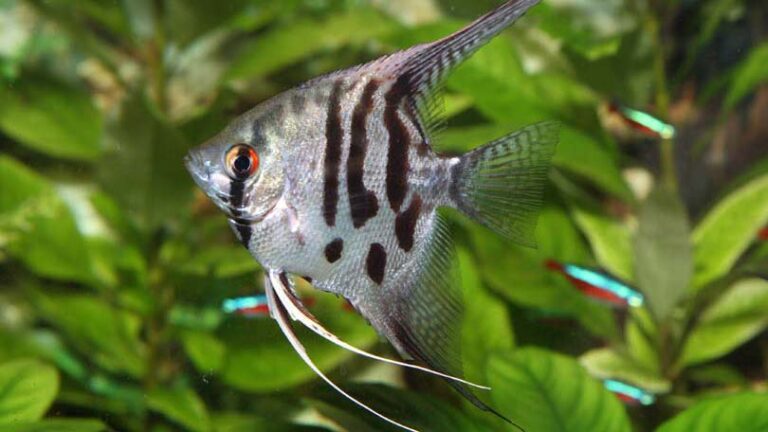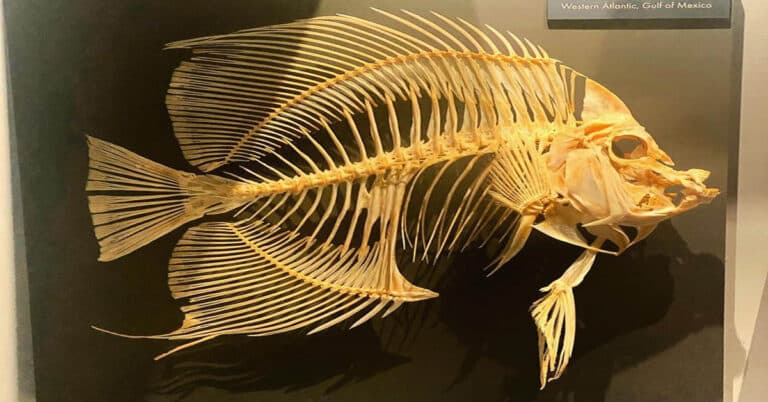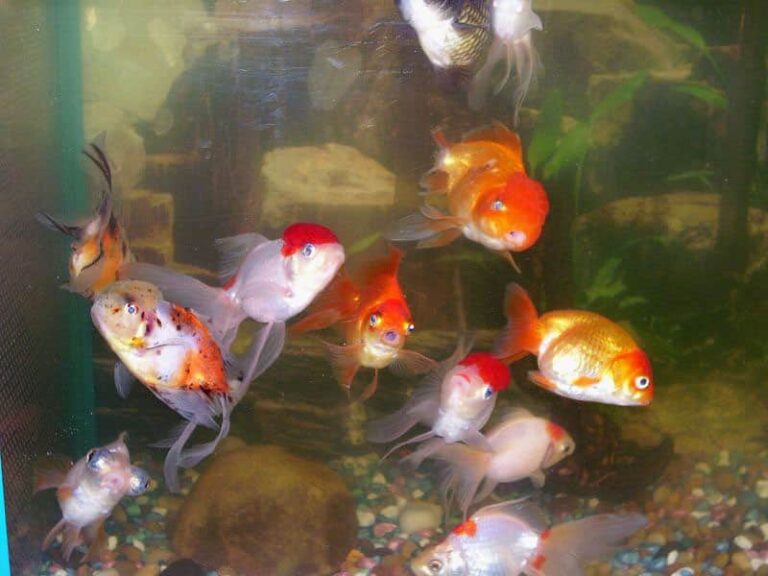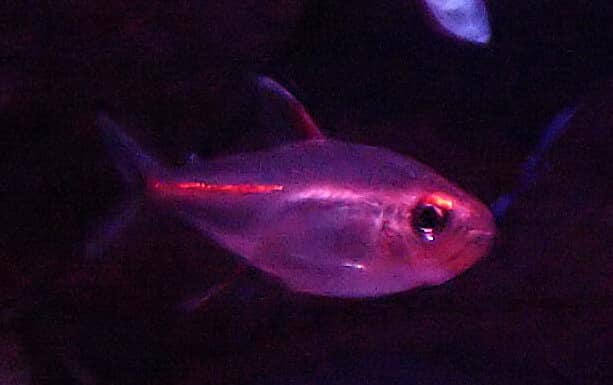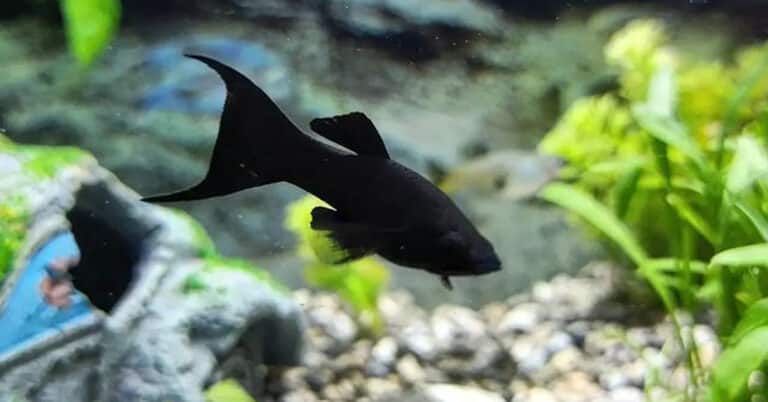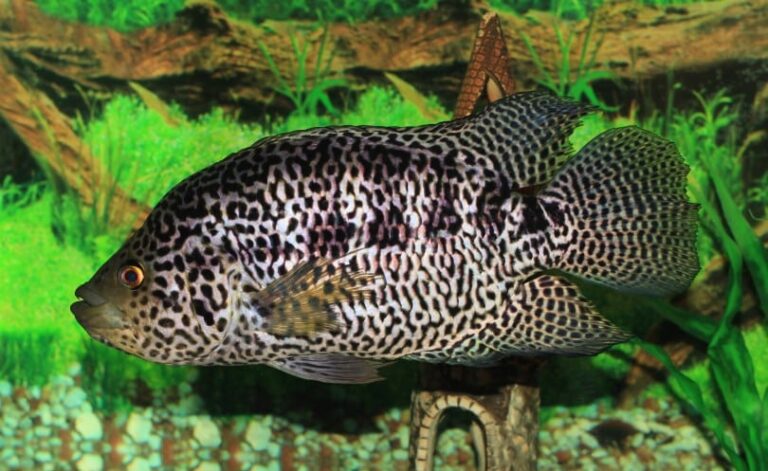Iridescent Shark
Scientific classification
| Kingdom: | Animalia |
| Phylum: | Chordata |
| Class: | Actinopterygii |
| Order: | Siluriformes |
| Family: | Pangasiidae |
| Genus: | Pangasianodon |
| Species: | P. Hypophthalmus |
| Binomial name: | Pangasianodon Hypophthalmus |
The Pangasianodon Hypophthalmus, commonly known as Iridescent Shark is not a species of Shark family, instead, it belongs to the Catfish group, which belongs to the Pangasiidae family. The Shark Catfish is commonly found in the basins of the Mekong and in the River Chao Phraya. This fish is popular in those areas as a food source. The meat of this fish is marketed by the name ‘Swai’. As the name suggests, the iridescence and the alluring appearance are the reason for its popularity among fish hobbyists. Some of the synonyms of this fish are Pangasius and Sutchi Catfish, which are derived from their botanical name. Pangasius Sutchi was derived in the early times, and then, recently, came to the name Pangasius hypophthalmus. The other names like Shark Catfish, Tiger Shark, and Stripped Catfish are derived from their looks.
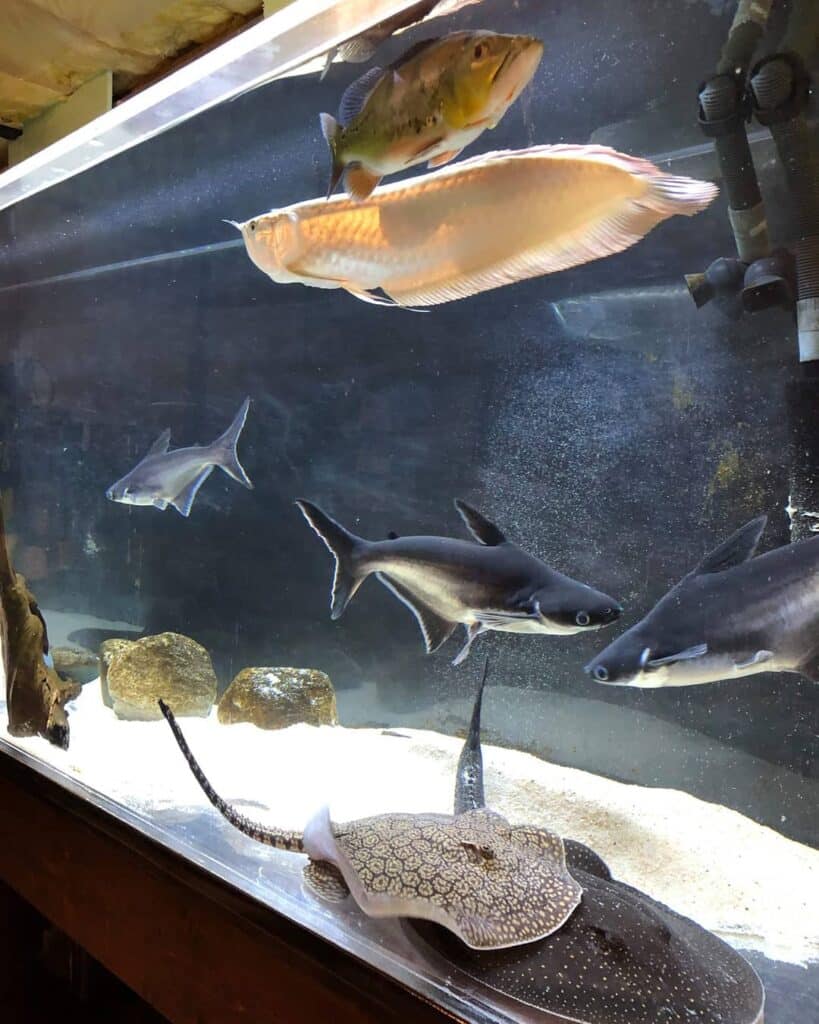
Description
The Iridescent Shark is a big sized fish that looks similar to the shark found in the marine waters. It attains a body length of 4 feet and weighs around 44 kg. In aquariums, these fish grow up to 3.25 feet. The body of this shark is compressed laterally, and is similar to the other species of the catfish group; they too possess 4 barbells. This fish is seen with dorsal fin on the top and a well grown adipose fin on the under part. The tail fin is long, and it possesses strong spines on the back and on each pectoral fin. These fish have a glittering glow or iridescence even at the juvenile age. But at that age, they possess two broad vertical dark bands along the lateral line that extends from the base of the pectoral fins towards the anal fin. These stripes are absent on the adult Shark catfish, and they are often found with the dark colored body, but retain the iridescence, after which they are named.. The fins of this fish are often black or dark colored. The estimated lifespan of this fish is around 20 years.
Habitat
The Iridescent Shark was very famous in the Southeast Asian regions during the early times. It is believed that these fish originated from the Mekong and Chao Phraya River in Asia. But now they are famous as important species in aquaculture in many regions. These freshwater fish prefer a tropical climate where the temperature ranges from 22 to 26 degree C and the pH level ranges from 6.5 to 7.5. They like to inhabit in deep water and large water bodies, similar to the river basin of the Mekong. Reproduction
The Iridescent Shark is difficult to breed in a fish tank, obviously due to its large size. In the wild, they generally migrate downstream to upstream for spawning, which takes place during the flood period or during the late spring. When the level of the water decreases, these fish move downstream due to their rearing habits. The time of migration may vary depending on the river condition. For Example, the migration upstream in the Mekong River takes place between May and July, and they swim back down stream during September to December. In the southern Khone Falls, these fish migrate upstream in the month between October and February, and goes back during November or De Habitat
The Iridescent Shark was very famous in the Southeast Asian regions during the early times. It is believed that these fish originated from the Mekong and Chao Phraya River in Asia. But now they are famous as important species in aquaculture in many regions. These freshwater fish prefer a tropical climate where the temperature ranges from 22 to 26 degree C and the pH level ranges from 6.5 to 7.5. They like to inhabit in deep water and large water bodies, similar to the river basin of the Mekong Cember. At home, you can provide a large breeding tank, or more preferably a pond that is at least a thousand gallons and with flowing water. Under favorable conditions, the female Shark will lay eggs, which will be fertilized externally by the male Shark.
Iridescent Shark at Home
Food
The Shark Catfish is omnivorous in nature, hence will ingest anything you provide. The adults are known to munch on meaty and live food stuffs. The unique feature is that, similar to human beings, these fish also lose teeth when they grow old. At that stage, they prefer only vegetarian food. At home, you can provide all types of food like meaty vegetables, pellets and flakes. A premium quality pellet or flake diet must be provided to these fish daily about 2 to 3 times, as these foods are very nutritious and healthy for the Shark Catfish. At other times, you can give supplement food like feeder fish, live worms, crickets, blood-worm and brine shrimp. They must be provided several feedings, but in a small quantity that can be eaten within 5 minutes.
Water
The Iridescent Sharks inhabit the freshwater rivers, hence you should try to mimic the same environment and the water conditions like the pH, hardness and temperature. The water should be strictly changed once in every week. The chlorine present in the water can be toxic to these fish, hence you should add some dechlorinator to remove the chlorine content. The levels of ammonia, nitrate and nitrite should be regularly checked, because a slight difference can cause the death of these catfishes.
Tank
The Iridescent Shark requires a large fish tank that is above 100 gallons for the juvenile, and more than 300 gallons for a fully grown fish. It requires ample of space for swimming, hence avoid decorative items, if you are using a small tank. But these fish will appreciate the presence of bogwood pieces, smooth rocks, beech branches and dim lighting. They love to hide, especially during the juvenile age, hence you can also place some castles and caves for them. This will give a natural river habitat feel and appearance. If you can make arrangements for the flowing water in the tank, then, the better. Make sure that the decorative items placed are too heavy for them to move. Being a Riverine fish, they require a well oxygenated tank having a wide surface. Floating plants are also suitable for the Iridescent Shark aquarium.
The other equipments like heater, thermometer and filter should be installed externally, because such a big sized fish can damage those equipments. A filter is recommended to clear the prolific debris and waste accumulated in the water. Large biological filters are more preferred. These fish love to swim in dim light, hence avoid bright illuminations in the aquarium. Make sure the tank has a heavy lid, or the Iridescent Sharks can jump out of the water.
Diseases
Like the other fishes, the Iridescent Sharks are also prone to many diseases. The most common disease among all the fishes is the Ich, and infection related to fungus. These species are difficult to treat, if affected by the Ich due to the absence of the scales. Generally, medicines like ‘Melafix’ are given to cure such infections. They also suffer from stress related problems. Patting on the glass of the fish tank or making loud noise can scare these fish and cause stress. A medicine known as Stress Coat or NovAqua can also be added to the water to relieve their stress.

Having discovered a fondness for insects while pursuing her degree in Biology, Randi Jones was quite bugged to know that people usually dismissed these little creatures as “creepy-crawlies”.


